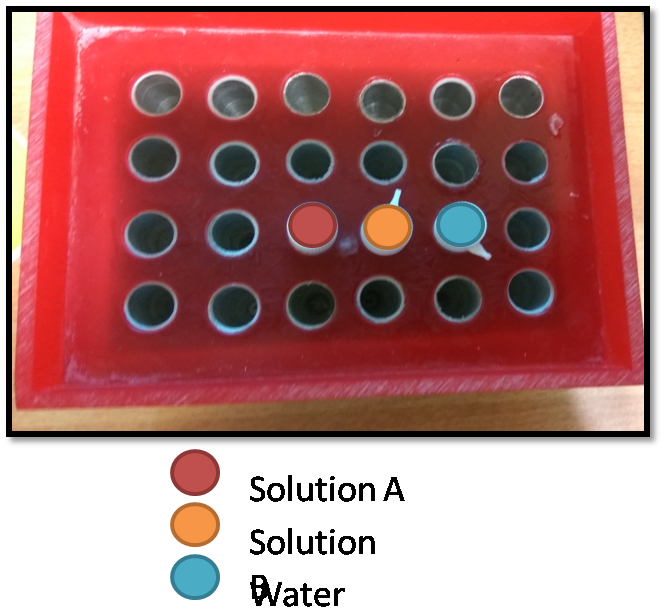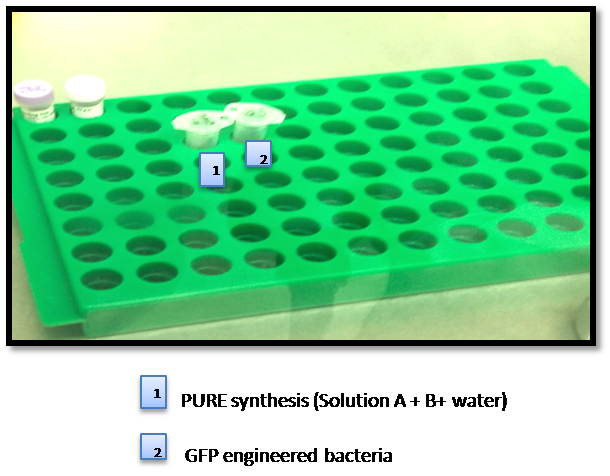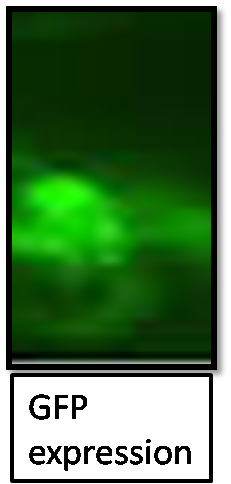- Pick a Function:
- What would your synthetic cell do? What is the input and what is the output?
We all know that cats can see in the dark, sense motion in the dark. I would like to make a synthetic cell that will enable we humans to see in low light inspired from cats. The number of rod cells in the cat eyes is six to eight times higher than in humans [1]. for the research on the same.
- A photopigment like rhodopsin in rod cells, which gets activated when cGMP is hydrolyzed, in very less light, and enable us to see in low light, atleast greyscale images. If there is a chemical or enzyme that can self replicate the number of rod cells like that of cats, the vision in dark is possible.
- Output of the SMC - Vision in dark.
- Output of the whole system - Enable humans to see in dark [2]
.
- Could this function be realized by cell free Tx/Tl alone, without encapsulation?
As the cells are to be grown in a scaffold, we have to encapsulate the cells, it cannot be realized by cell free Tx/Tl alone.
- Could this function be realized by genetically modified natural cell?
This function might be possible to be realized by genetically modified natural cells. But as humans lack the highest number of rod cells, the rod cells should be multiplied using genetic modification and I expect that the humans can also see in the dark.
- Describe the desired outcome of your synthetic cell operation.
Desired outcome of the synthetic cell will be to enable humans to see in the dark.
- Design all components that would need to be part of your synthetic cell.
- What would be the membrane made of?
The membrane will be made of phospholipid and cholesterol.
- What would you encapsulate inside? Enzymes, small molecules.
Enzyme such as cGMP phosphodiesterase will hydrolyze the cGMP, that might enable us to see in the dark. Reference in [2]
- Which organism your tx/tl system will come from? is bacterial OK, or do you need mammalian system for some reason?
Mammalian cells will be needed as we are trying to create a synthetic cell for enhancing the functionality in humans. Mostly, the cells will be from Porcine as pigs retina is more genetically homologous to humans.
- How will your synthetic cell communicate with the environment? (hints: are substrates permeable? or do you need to express membrane channel?
G-protein coupled receptors will be needed for communication with the environment.
- Experimental details :
- List all lipids and genes (bonus: find the specific genes; for example, instead of just saying “small molecule membrane channel” pick actual gene)
Lipids: POPC and Cholesterol might be tried out.
Enzymes: cGMP phosphodiesterase
Genes: Did enough research, but couldn't find out.
Biological Cells: Porcine Retinal Progenital Cells (pRPCs) with rod specific transcription factor Nr1.
- How will you measure the function of your system?
I would have used GFP-positive Porcine RPCs in the scaffold, and measure the intensity of fluorescence at regular intervals for knowing how the cells are growing and the function of the system could be tested by measuring the intensity of fluorescence.
P.S. I doubt the inflammatory response of Porcine RPCs synthetic cell to the Human,as it might be rejected.
We got the PURE invitro synthesis kit from NEB and GFP engineered bacteria from BioRiDDL, Mumbai.

According to the details and measurements mentioned in the kit, we added Solution A, Solution B, GFP engineered DNA isolated from the bacteria that was shipped, water and made up the solution to 25ul.

The solution was incubated at 30 degrees for 4 hours.
The GFP expression was analysed using the DIY fluorescence microscope.

New ethics or safety considerations this week:
Do your activities this week raise new ethics and/or safety considerations you had not considered in week 1? Describe what activities have raised these considerations and any changes you have implemented in response.
- The design of synthetic cell for a particular function, should be very carefully done and tested in vitro and in vivo for safety.
- As the experimental assignment had only E.coli bacteria with GFP expression, it did not raise any new safety considerations. We carried out the experiment in biosafety cabinet.
REFERENCES
[1] https://www.petcentric.com/articles/training-and-behavior/can-cats-see-in-the-dark/
[2] https://en.wikipedia.org/wiki/Rod_cell
Go back to home page


